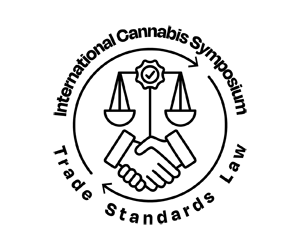Born to Invest reports…
The regulation published by the authorities in the Official Journal of the Federation (DOF) gives the green light to medical research on cannabis products, which have to be developed under the protocols created for pharmaceuticals. Beyond the registration of patents for cannabis medicines, industry experts believe that companies will face challenges in medical research, linked to these protocols.
Applications for patents for cannabis-based products have increased rapidly in Mexico since the medicinal use of the plant was approved in 2016. However, new regulations passed in January of this year have put a handbrake on the unburdening of patents, delaying the launch of new products.
The regulation, which the Ministry of Health and the Federal Commission for Protection against Health Risks (Cofepris) published on January 12, deals with aspects related to the regulation, control, promotion, and health surveillance of cannabis as raw material, its pharmacological derivatives, and medicines.
So far, the Mexican Institute of Industrial Property (IMPI) has about 92 processes for the registration of patents with the word cannabis, related to treatments for epilepsy, amyloidosis and even cannabis extraction processes, when in 2015 there were only six. There are also applications for 203 trademarks for stores, organizations, radio and television educational programs and cosmetic products among others.
The regulation published by the authorities in the Official Journal of the Federation (DOF) gives the green light to medical research on cannabis products, which have to be developed under the protocols created for pharmaceuticals, that is, they must have extensive clinical research.
Janko Ruiz de Chávez, director and founder of CBD Life, explains that there is a false belief about patent registration, since there are those who consider that since cannabis (which does not consider the plant’s psychotropic active ingredient) already existed, this procedure cannot be carried out, when what is being registered is the exact combination of ingredients for a therapeutic indication.
“Because of the medical degree of research, if a cannabis molecule is combined with another one, it must go through the New Molecules Committee and be registered as a new patent. If it already exists, like Epidiolex, you can make a generic. But, in either case, we are considering going through the Committee to register new products,” he explains.
The executive of the company that markets Marigüanol balsam, considers that in Mexico it is possible to create different patent medicines based on cannabis, in addition to the fact that those who enter this industry can take advantage of the international scope with the permits issued by the Cofepris.




















